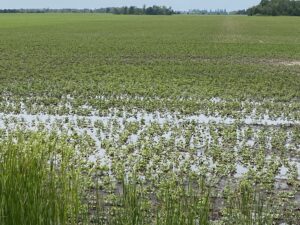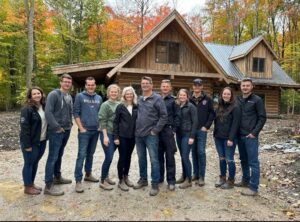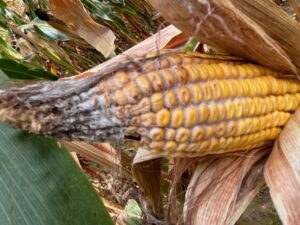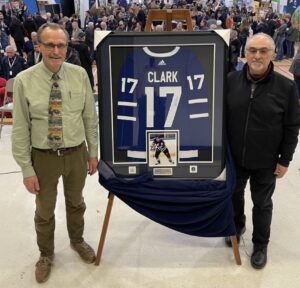Inter-seeding cover crops
AGRONOMIC INFORMATION FROM ONTARIO'S CROP SPECIALISTS

Ontario Ministry of Agriculture,
Food and Rural Affairs
WITH A NARROW WINDOW TO ESTABLISH COVER CROPS after corn harvest, some farmers have experimented with inter-seeding cover crops when corn is at the 6-8 leaf stage. However, the sensitivity of different cover crops to residual corn herbicides is unknown and could negatively affect their establishment. A multi-year study looked at the sensitivity of six cover crop species to common corn herbicides used in Ontario.
Visible crop injury was evaluated at 28 and 56 days after cover crop planting. Biomass was collected in the spring after application (data not shown). Oats and tillage radish did not overwinter. Biomass of surviving cover crops was closely associated with the level of crop injury observed.

Department of Plant Agriculture,
University of Guelph
In general, visible injury ratings of 10 per cent or less are considered acceptable. However, individual growers may tolerate a higher level of injury if the cover crop is able to establish. Table 1 provides an overview of the average visible injury observed to each cover crop species and the range in visible injury from the least amount to the greatest amount observed across all four trials.
TABLE 1 The average visible injury (%) and the least and greatest amount of visible injury were observed to each cover crop species after inter-seeding into field corn at the V6 stage where eleven corn herbicides were applied before planting.
| Herbicide | Average Visible Injury (% – out of 100)* (Range in Visible Injury – low and high) | |||||
| Oats | Triticale | Rye | Oilseed radish | Red clover | White clover | |
| Integrity | 5 (1-11) | 2 (0-4) | 5 (0-11) | 5 (0-16) | 30 (0-97) | 48 (15-100) |
| Engenia | 15 (0-58) | 3 (0-13) | 11 (0-29) | 4 (0-13) | 33 (0-66) | 48 (8-77) |
| Frontier Max | 8 (0-15) | 17 (8-27) | 29 (13-65) | 13 (0-45) | 36 (4-100) | 57 (24-98) |
| Callisto | 4 (0-10) | 5 (0-11) | 7 (0-13) | 16 (0-38) | 82 (45-100) | 53 (20-90) |
| Dual II Magnum | 9 (0-25) | 38 (1-68) | 46 (6-88) | 6 (0-15) | 33 (10-93) | 78 (58-100) |
| Marksman | 7 (0-18) | 13 (1-30) | 14 (0-28) | 23 (10-40) | 74 (29-100) | 88 (73-100) |
| Rimsulfuron 25% WDG | 10 (0-18) | 15 (8-27) | 37 (26-53) | 19 (0-38) | 69 (29-100) | 85 (63-98) |
| Aatrex 480 | 22 (10-46) | 31 (11-49) | 37 (20-46) | 61 (20-93) | 88 (68-100) | 89 (65-100) |
| Acuron | 15 (0-25) | 33 (5-69) | 47 (2-98) | 60 (11-99) | 99 (98-100) | 99 (98-100) |
| Primextra II Magnum | 25 (8-38) | 45 (8-88) | 57 (10-97) | 54 (20-86) | 93 (73-100) | 95 (83-100) |
| Converge Flexx | 33 (8-65) | 42 (17-55) | 43 (10-75) | 75 (24-98) | 99 (96-100) | 99 (98-100) |

FIGURE 1. Cover crop species were inter-seeded into standing corn at the V6 growth stage using a modified seed drill that sewed seed between the 30-inch corn rows.
The Grain Farmers of Ontario supported this research. •


























